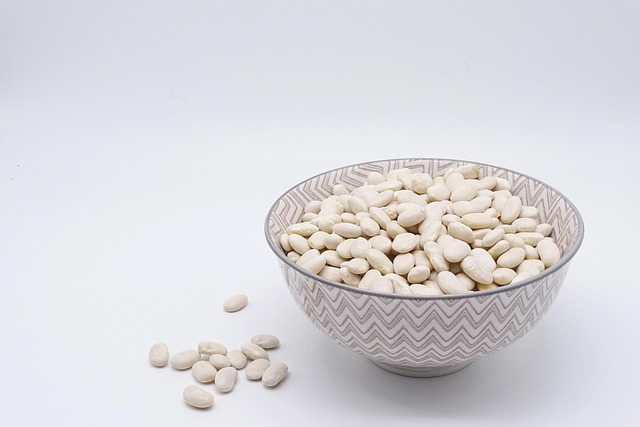Calculate per-serving nutrition when changing batch sizes
Changing a recipe’s batch size affects the amount each portion contains, and recalculating per-serving nutrition avoids surprises in calories and macros. A reliable food calculator helps with conversions between units, accounts for yield changes, and makes mealplanning and labeling more consistent across different portion counts.

Scaling a recipe changes total yield and the per-serving nutrient picture, so recalculating nutrition is essential whenever you alter batch sizes. Begin by determining the total nutritional content of the full batch from ingredient-level data, then divide by the new number of servings. Account for yield changes from evaporation, cooking losses, or added water, and keep units consistent to avoid rounding errors. Using a food calculator that handles conversions and ingredient substitutions helps maintain accurate calories and macros when portions increase or decrease.
This article is for informational purposes only and should not be considered medical advice. Please consult a qualified healthcare professional for personalized guidance and treatment.
How does scaling affect nutrition per serving?
When you scale a recipe, the aggregate calories and nutrient totals change proportionally to ingredient quantities, but per-serving values depend on the final number of portions. If a 4-serving recipe becomes 6 servings, divide the batch total by 6 to find per-serving nutrition. However, scaling is rarely perfectly linear: cooking losses (moisture evaporation), absorption (rice or pasta), and ingredient compaction can change weight and yield. Track yield — the post-cook weight of the batch — and use that number to calculate per-serving nutrition for accurate results.
How to convert units and yields accurately
Accurate conversion between units is critical: grams are more precise than cups or tablespoons because volume-to-weight conversions vary by ingredient density. A kitchen scale simplifies scaling and reduces conversion errors when you change batch sizes. If you must convert, use reliable density tables for common ingredients or a calibrated conversion chart in your food calculator. Record the yield (final batch weight) and the units you used (grams, ounces, milliliters) so the calculator can produce consistent per-serving nutrition even when you scale up or down.
Calculating calories and macros for portions
Start by listing each ingredient with its weight and nutritional values per unit, then multiply to get total calories, protein, fat, and carbohydrates for the entire batch. Divide those totals by the number of servings to get per-serving calories and macros. For greater precision, track fiber separately for net carb considerations and include micronutrients if labeling requires them. Round per-serving macros sensibly — e.g., to whole grams for protein and fat — while retaining higher precision for calories if needed for strict mealplanning.
Adjusting for substitutions and ingredient swaps
Ingredient substitutions change nutrition and yield. Swapping an oil for applesauce, for example, reduces fat and changes moisture content, which can affect yield and per-serving calories. When you make substitutions, update the ingredient-level nutrition and rerun the totals. If a substitute alters density or water content, weigh the final batch and recalculate per-serving values based on actual yield. Note substitutions in your recipe notes so mealplanning and labeling reflect the revised nutrition profile accurately.
Labeling and mealplanning with scaled recipes
When producing food for sale or for consistent mealplanning, accurate labeling depends on correct per-serving data. Use the final yield and the declared serving size to compute label values for calories and macros. For mealplanning, present both portion counts and per-serving nutrition so users can scale portions to meet calorie targets. If local services or regulatory bodies require specific rounding or format for labels, ensure your calculations conform; keep precise records of conversions and yields to defend the values you publish.
Practical tips for servings, portions, and rounding
Use a kitchen scale as your primary tool and standardize units across recipe databases. When scaling, preserve ingredient ratios and note where non-linear changes (like evaporation) occur. Round per-serving values consistently — adopt rules such as rounding calories to the nearest whole number and macros to the nearest gram — and document rounding methods for labeling transparency. Maintain a reliable ingredient database for conversion factors and substitution equivalents, and test scaled batches to verify yield assumptions before finalizing per-serving nutrition.
Per-serving nutrition shifts whenever batch sizes change, but systematic measurement, consistent units, and careful use of a food calculator keep calories, macros, and portion data accurate. By tracking final yield, updating ingredient-level values for substitutions, and applying consistent rounding for labels and mealplanning, you can scale recipes with confidence and preserve the nutritional integrity of each serving.




